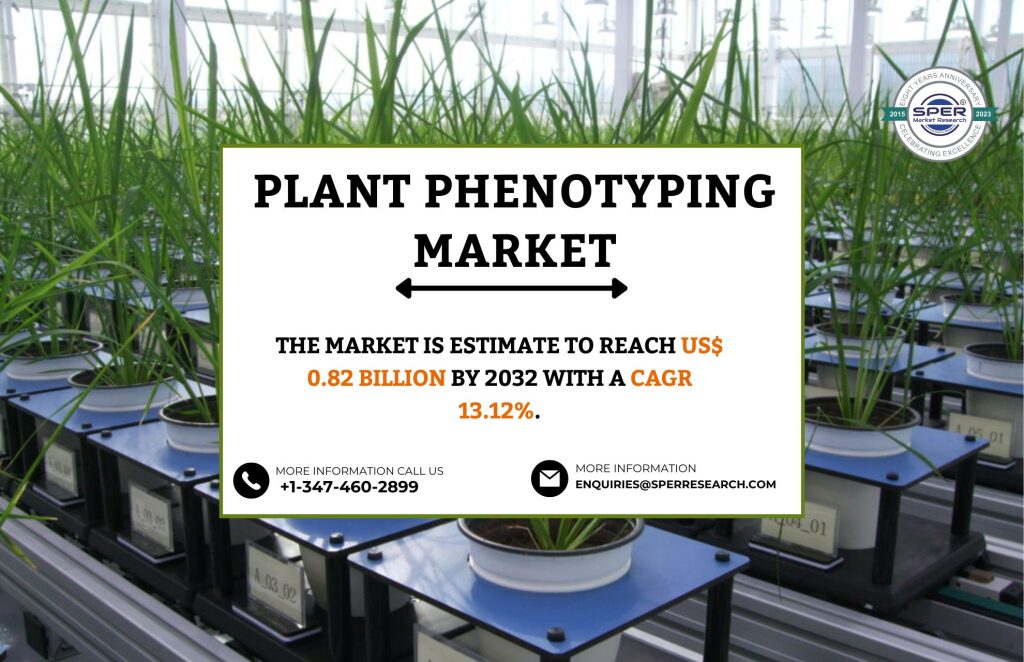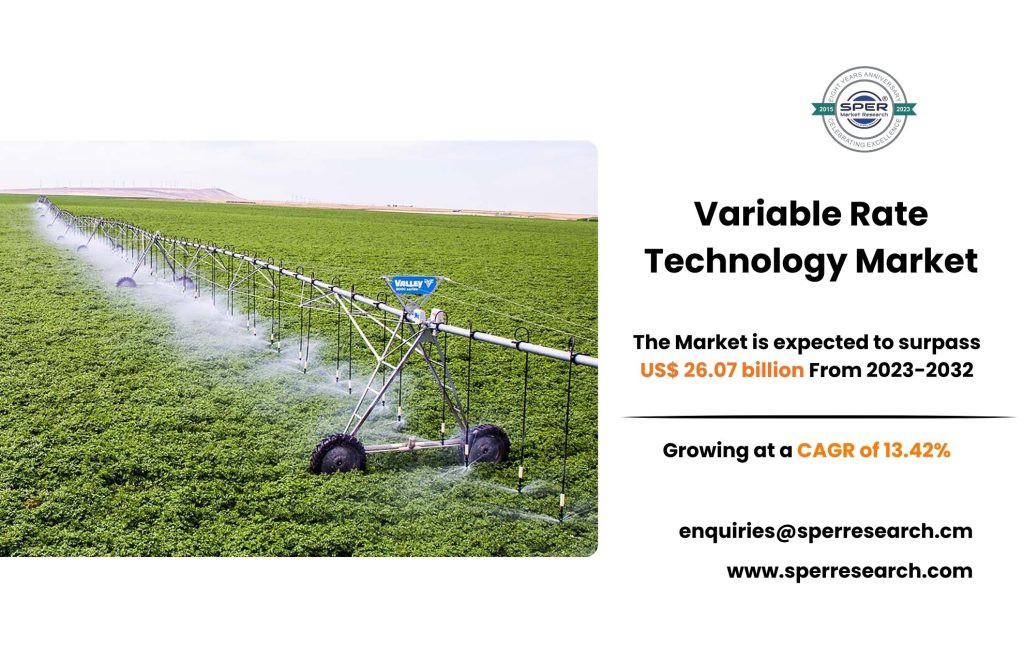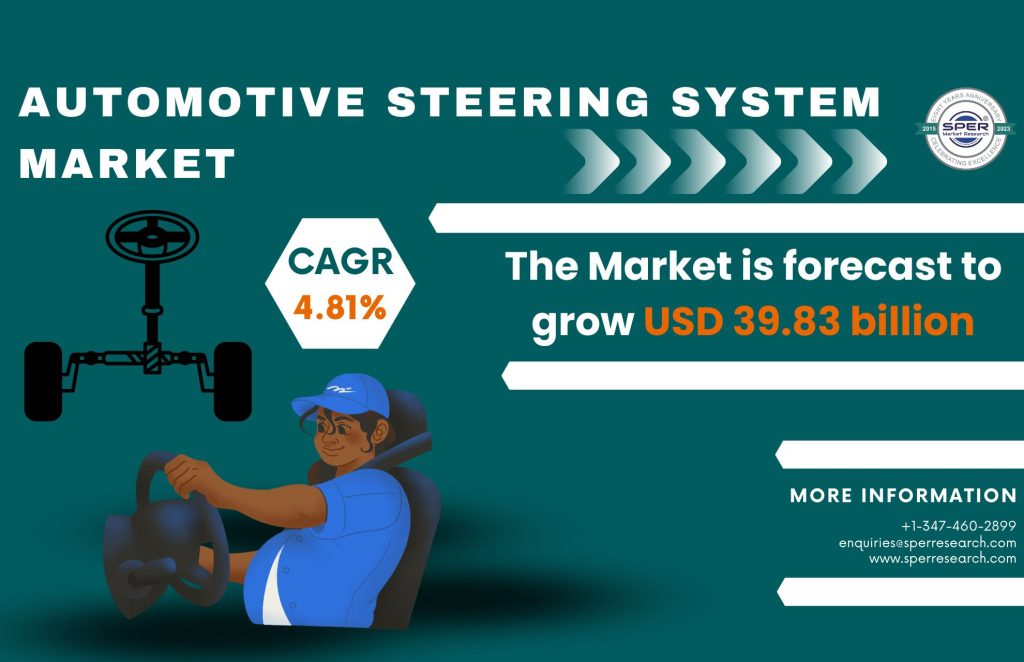Plant phenotyping is the term for a collection of techniques and instruments used to quantify phenotypes, or traits, of plants, such as height, color, etc. Gene-gene interactions and environmental variables both influence phenotypes. Understanding a plant’s phenotypic traits allows for increased crop quality and yield output. Plant phenotyping was done manually in the past, but automated platform systems and cutting-edge technologies are now used in plant phenotyping. In plant phenotyping, contemporary sensor technologies are employed to track how the environment affects plants and how they react to it. Plant phenotyping is a reliable, non-invasive, and high throughput screening technique made possible by tools like fluorometers, image analysis systems, and canopy analysis systems.
According to SPER market research, ‘Plant Phenotyping Market Size– By Product Type, By Platform/Carrier Type, By Automation Type, By Analysis System Type, By Application, By End User, By Service Type, By Business Type- Regional Outlook, Competitive Strategies and Segment Forecast to 2032’ state that the Plant Phenotyping Market is predicted to reach USD 0.82 billion by 2032 with a CAGR of 13.12%.
The seeds used to cultivate almost all food crops worldwide are frequently traded both domestically and internationally. In breeding programs, germplasm is also dispersed and traded in the form of seeds. For some seedlings, the pathogen assaults the germination stage and impacts seedling establishment; for other seedlings, disease signs may not appear until later in the development cycle. Plant phenotyping is one approach that has become essential to eradicate the growing number of seed diseases that are hurting agricultural yield and produce healthier, disease-free crop types. As a result, plant diseases that affect cereals, fruits, vegetables, oilseeds, and other crops worldwide are driving the market more and more.
Plant phenotyping equipment costs vary depending on a variety of parameters, including size, number of sensors, automation level, and throughput. It also relies on the number of providers in the market and the plant phenotyping market for phenotyping tools. Users’ main worry with plant phenotyping devices has been their cost, which is more than that of genotyping. The lack of investments in the agricultural industry and the low level of technology knowledge in underdeveloped nations may hinder the growth of the plant phenotyping market. One major concern that might lead to a decline in the global demand for plant phenotyping is a shortage of competent experts. As a highly specialized subject, plant phenotyping calls for individuals with extensive training in environmental sciences, data processing, and plant biology. One major obstacle to the expansion and advancement of plant phenotyping is the lack of these knowledgeable people.
Request For Free Sample Report @ https://www.sperresearch.com/report-store/plant-phenotyping-market.aspx?sample=1
Impact of COVID-19 on the Global Plant Phenotyping Market
The pandemic will affect the plant phenotyping market as a whole in both good and bad ways. Plant-based food sales have surged as shoppers hurry to fill their cupboards. The COVID-19 pandemic is predicted to lead to a rise in the use of processed foods and other longer-lasting, shelf-stable items. Customers are also forced to cook at home because of the closure of several restaurants and foodservice establishments throughout the world as a result of the national lockdown. As a result, customers choose ready-to-eat meals with longer shelf lives and hoard food goods that are simple to make.
Global Plant Phenotyping Market Key Market Players:
Geographically, the plant phenotyping market is anticipated to be dominated by North America during the projected period due to increased government support for the agricultural sector. Key players are BASF SE, Crop Design, Delta-T Devices Ltd, Heinz Walz Gmbh, Keygene, Lemnatec Corporation, Phenomix Corp., PHENOSPEX, Photon Systems Instruments, Qubit Biology Inc, Rothamsted Research, Vienna Biocenter, WIWAM, WPS B. V.
Plant Phenotyping Market Key Segments Covered
The SPER Market Research report seeks to give market dynamics, demand, and supply forecasts for the years up to 2032. This report contains statistics on product type segment growth estimates and forecasts.
By Product Type: Based on the Product Type, Global Plant Phenotyping Market is segmented as; Equipment, Software (Data acquisition, Image analysis, System control, Others), Sensors (Image sensors, NDVI sensors, Temperature sensors, Others), Others.
By Platform/Carrier Type: Based on the Platform/Carrier Type, Global Plant Phenotyping Market is segmented as; Bench-based systems, Conveyor-based/modular systems, Drones, Handheld/Portable systems, Others.
By Automation Type: Based on the Automation Type, Global Plant Phenotyping Market is segmented as; Fully automated, Semi-automated, Manual.
By Analysis System Type: Based on the Analysis System Type, Global Plant Phenotyping Market is segmented as; Canopy analysis systems, Fluorometers, Image analysis systems, Multispectral scientific cameras, Others.
By Application: Based on the Application, Global Plant Phenotyping Market is segmented as; High-throughput screening, Morphology and growth assessment, Photosynthetic performance, Trait identification, Others.
By End User: Based on the End User, Global Plant Phenotyping Market is segmented as; Greenhouse, Laboratory, Others.
By Service Type: Based on the Service Type, Global Plant Phenotyping Market is segmented as; Data Acquisition, Data Analysis, Others.
By Business Type: Based on the Business Type, Global Plant Phenotyping Market is segmented as; Original Equipment Manufacturer (OEM), Service Provider, Others.
By Region: Due to the increasing steps done by the government and commercial companies for new technologies in this area, North America now has a dominant position in the plant phenotyping market. The market for plant phenotyping is predicted to develop in Europe due to the region’s rising automation and major improvements in the use of image sensors for high-throughput data collecting.
This study also encompasses various drivers and restraining factors of this market for the forecast period. Various growth opportunities are also discussed in the report.
For More Information, refer to below link:-
Plant Phenotyping Market Future Outlook
Related Reports:
Follow Us –
LinkedIn | Instagram | Facebook | Twitter
Contact Us:
Sara Lopes, Business Consultant — U.S.A.
SPER Market Research
+1-347-460-2899









